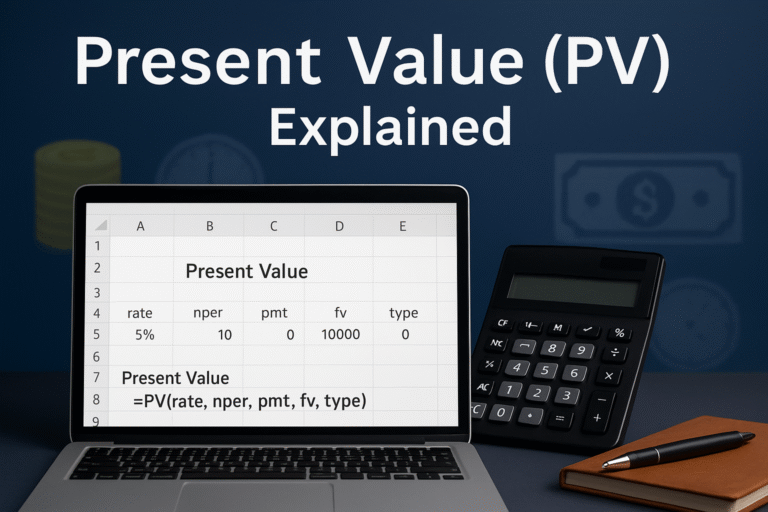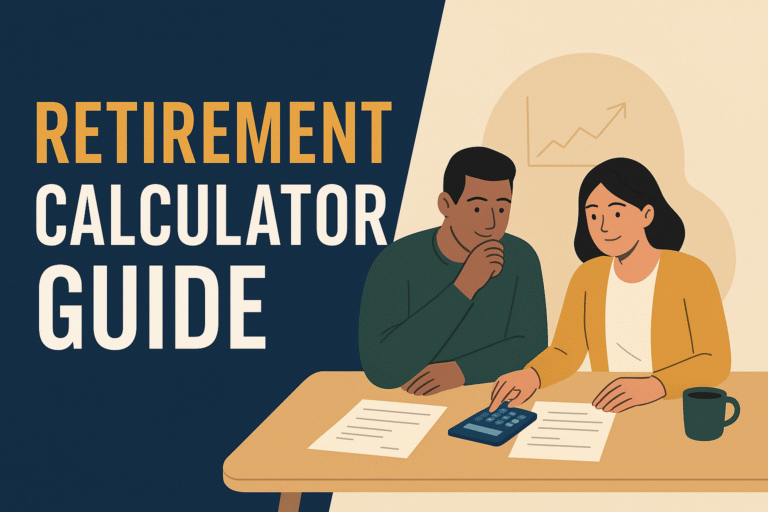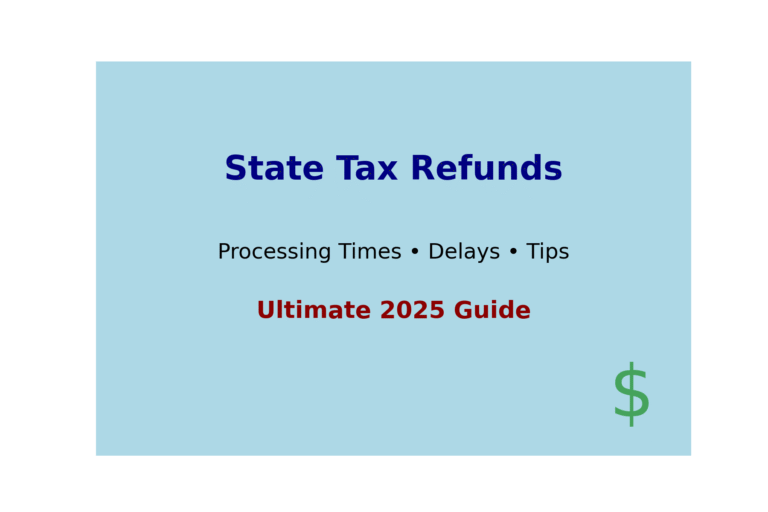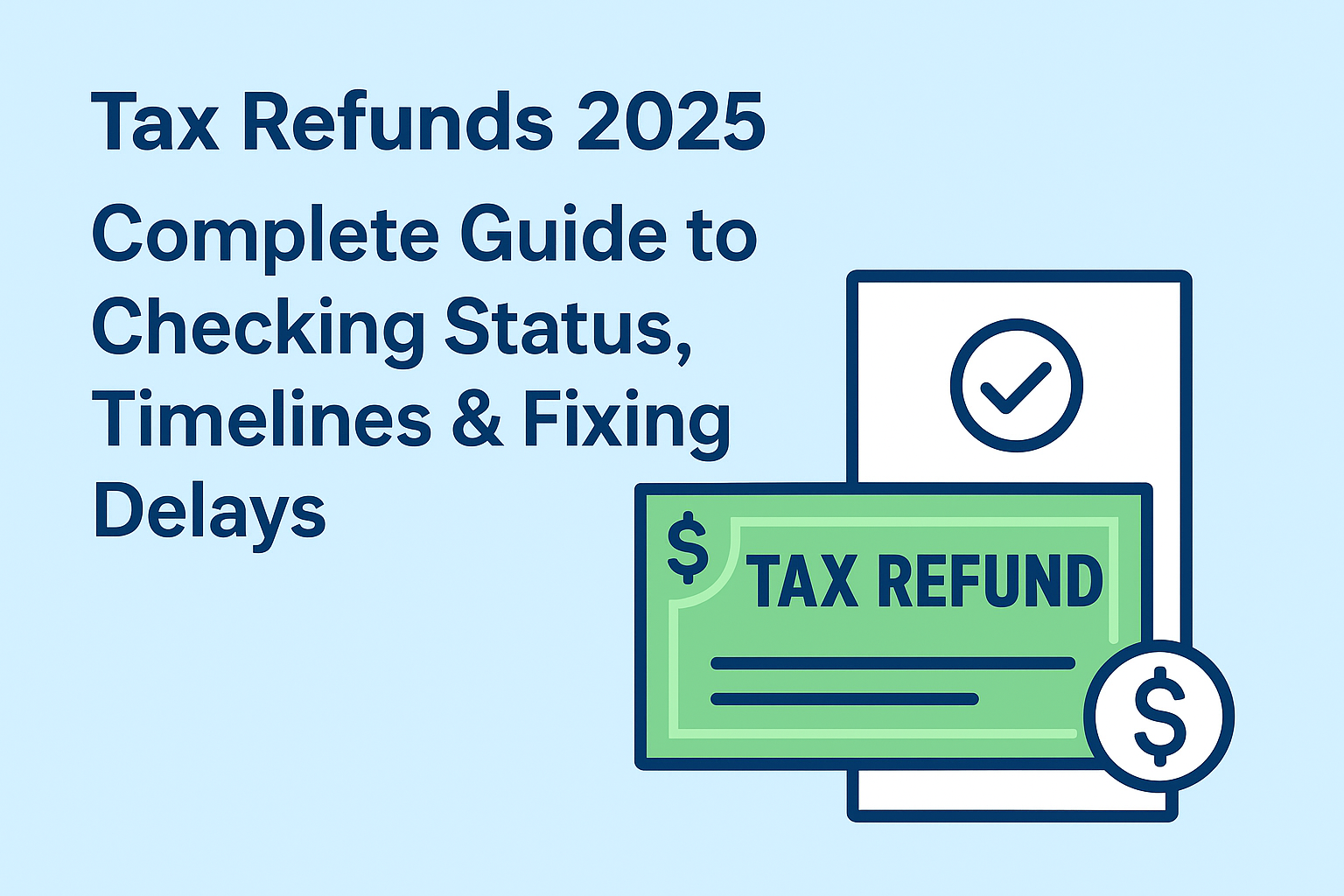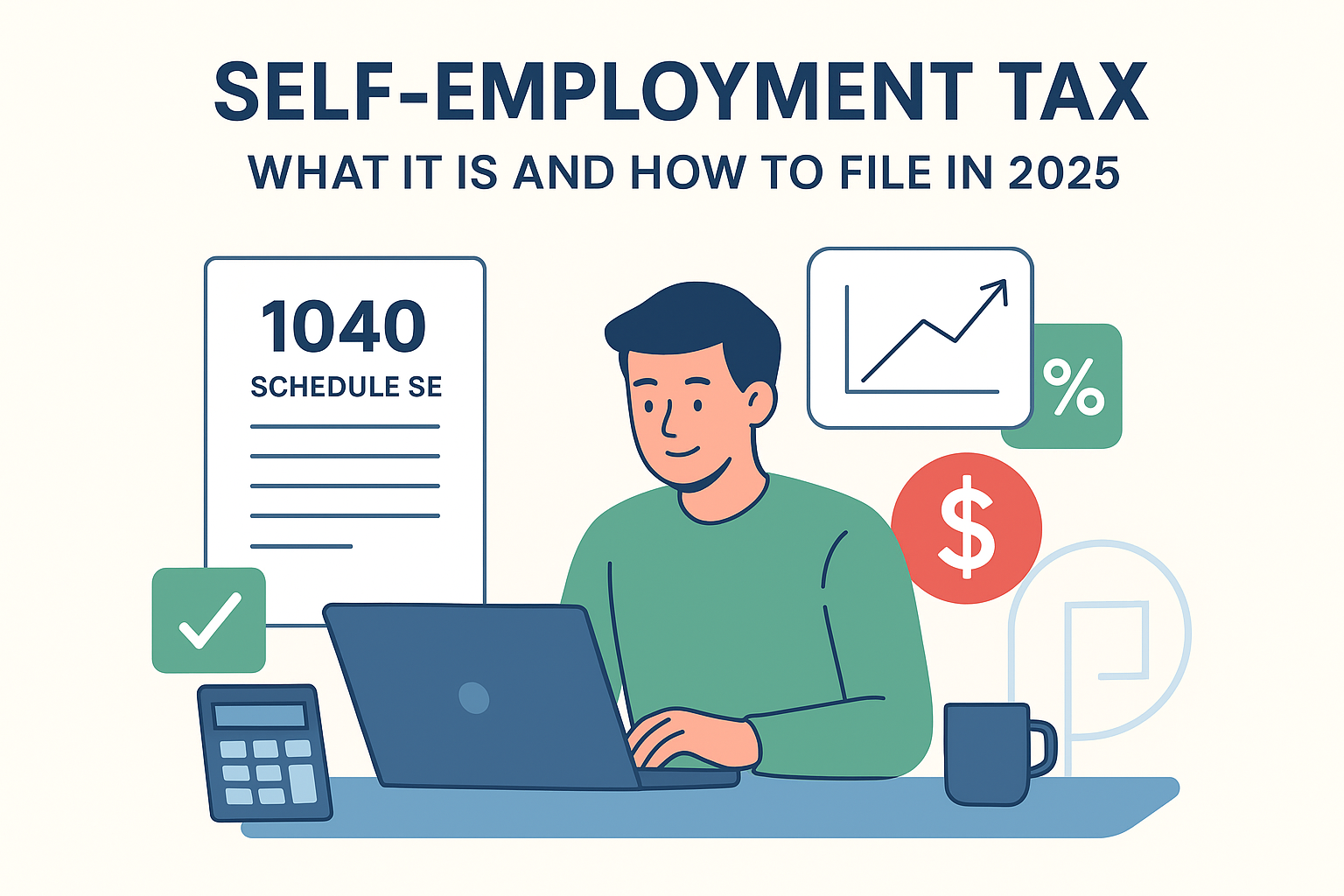Filing your taxes can feel overwhelming, especially if you’re new to the process, juggling multiple income sources, or navigating changes like freelance work, investments, or moving states. The truth is, tax filing doesn’t have to be complicated. With the right steps and tools, most people can file on time, avoid penalties, and even maximize refunds without unnecessary stress.
This guide is written to walk you through tax filing in plain English. Whether you’re a first-time filer or someone looking to simplify the process, you’ll find a clear roadmap here from who needs to file and what forms to gather, to choosing the best filing method and avoiding common mistakes. Along the way, we’ll add real-world examples, tables, and visuals to make things easier. IRS: How to File Your Tax Return
Quick Takeaways (TL;DR)
- Tax filing means reporting your income, deductions, and credits to the IRS each year.
- Start by gathering essential documents: W-2s, 1099s, bank statements, and ID details.
- Eligible taxpayers can use IRS Free File. Others may prefer commercial software or a professional tax preparer.
- If you’re self-employed, you must calculate self-employment tax (15.3% of 92.35% of net profit). For example, $60,000 income – $15,000 expenses = $45,000 net → SE tax ≈ $6,358.
- Filing electronically with direct deposit usually results in refunds within three weeks.
Who Needs to File Taxes?
Not everyone has to file a return, but most working adults do. The IRS sets annual income thresholds that depend on filing status and age. If your gross income exceeds the standard deduction for your filing status, you’re required to file. Tax refund
Some common filing triggers include:
- Employees: A single filer under 65 typically must file if income exceeds the standard deduction.
- Self-employed workers: Anyone with $400 or more in net earnings must file, even if their income is below the standard deduction.
- Special situations: You must file if you owe certain taxes (like household employment tax) or want to claim refundable credits.
For a personalized answer, the IRS has a simple tool: Do I Need to File?.
When Do You Need to File?
- Regular deadline: April 15 (or the next business day if it falls on a weekend/holiday).
- Extensions: File Form 4868 to extend until October. But remember, the extension is only for filing. Taxes owed are still due in April.
- Penalties: Late filers face a 5% penalty per month (up to 25%) on unpaid taxes. Even if you can’t pay in full, it’s better to file on time and pay what you can. USA.gov: File Taxes
What to Gather Before You File (Checklist)
Tax filing is smoother when you start organized. Here’s a quick list of what to collect:
| Document | Where It Comes From |
|---|---|
| W-2 (wages) | Employer |
| 1099-NEC / 1099-MISC / 1099-K | Clients, gig platforms |
| 1099-INT / 1099-DIV | Banks, brokers |
| 1098 (mortgage interest) | Mortgage lender |
| Receipts for deductions | Personal records |
| Social Security numbers | Yourself and dependents |
| Bank account info | For a refund, direct deposit |
Pro tip: Keep a digital folder where you drop forms as they arrive each January. It reduces last-minute scrambling.
How Should You File? Comparing Your Options
There are three main ways to file your taxes:
| Method | Best For | Cost | Speed | Support |
|---|---|---|---|---|
| IRS Free File | Simple returns, under income threshold | Free | Fast | Limited |
| Commercial software (TurboTax, H&R Block, TaxAct) | Most people with moderate complexity | Free – $200+ | Fast (e-file) | Guided |
| Tax professional (CPA/EA) | Complex returns, small business, audits | $200–$1,000+ | Varies | Expert advice |
Which should you choose?
- If you’re a student or an employee with one W-2, Free File may be all you need.
- If you’re a freelancer, investor, or homeowner, tax software makes sense.
- If you own a business, have moved across states, or are facing an audit, a CPA is worth the investment.

Decision tree graphic showing paths to Free File, software, or pro help.
The Step-by-Step Tax Filing Process
Think of tax filing as a four-step journey:
- Determine if you need to file (most adults do).
- Gather documents (W-2s, 1099s, deductions).
- Choose your filing method (Free File, software, or tax pro).
- File your return and pay or set up a plan.

(“Do I need to file? → Collect docs → Choose method → File & pay.”)
Special Case: Self-Employed Example
Freelancers and gig workers must file if their net earnings are $400 or more. Here’s a real-world calculation:
- Gross receipts: $60,000
- Business expenses: $15,000
- Net profit: $45,000
Now apply self-employment tax:
- 92.35% of $45,000 = $41,557.50
- 15.3% of $41,557.50 = $6,358.30 owed in self-employment tax
Self-employed filers must also make quarterly estimated payments to avoid underpayment penalties.
For more, see our internal guide: Self-Employed Tax Guide.
State Tax Filing: What You Need to Know (Example: California)
In addition to filing your federal return with the IRS, most taxpayers must also file a state income tax return. Each state has its own rules, deadlines, and forms — so it’s important not to overlook this step.
California Example
- Deadline: California follows the federal deadline, typically April 15. Extensions are available until October, but taxes owed are still due in April.
- Where to file: Returns are filed through the Franchise Tax Board (FTB) at ftb.ca.gov.
- Forms: Most individuals file Form 540 (California Resident Income Tax Return).
- Credits & benefits: California offers credits such as the California Earned Income Tax Credit (CalEITC) and the Young Child Tax Credit.
- E-filing: The fastest refunds are received when e-filing with direct deposit. Paper returns take much longer to process.
Tips for State Returns
- If you worked in multiple states, you may need to file part-year or nonresident returns.
- Refund and payment timelines vary, so check your state’s online refund tracker.
- Some states (like Florida, Texas, and Washington) do not impose a state income tax at all, so no state filing is required there.
How Long Will Your Refund Take?
Refund speeds depend on how you file and how you want to receive the money:
| Filing Method | Refund Time |
|---|---|
| E-file + direct deposit | About 21 days |
| E-file + paper check | 3–6 weeks |
| Paper return + paper check | 6–12+ weeks |
The fastest way to get your refund is e-file + direct deposit. You can track your status using the IRS Where’s My Refund? tool.

Common Mistakes and Audit Triggers
Even simple mistakes can cause delays or audits. Watch out for these:
- Incorrect Social Security numbers.
- Forgetting to report 1099 income (the IRS gets copies too).
- Claiming large deductions (home office, donations) without proof.
- Filing under the wrong status.
- Paper filing math errors.
Keep your tax records for at least three years, or seven years if you’re reporting property sales or large write-offs.
Keep anything related to property basis, business deductions, or long-term investments.
A married couple may hit income limits for certain credits faster than single filers.
Use IRS Direct Pay or mail Form 1040-ES vouchers.
You’ll file part-year resident returns in both states.
File an amended return using Form 1040-X.
Yes. Report crypto trades and sales on Form 8949 and Schedule D.
Disclaimer
This article provides general information and is not personalized tax advice. Rules change each year, and individual circumstances vary. Always check IRS.gov and consider consulting a CPA or enrolled agent for tailored guidance.
Author Bio
Written by Max Fonji, founder of TheRichGuyMath.com. With decades of experience simplifying finance and tax concepts, I help everyday workers, freelancers, and investors make smarter money decisions.



